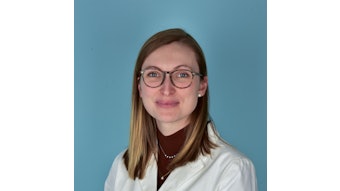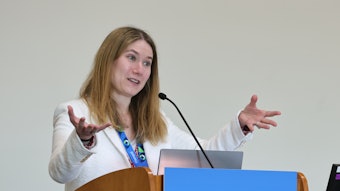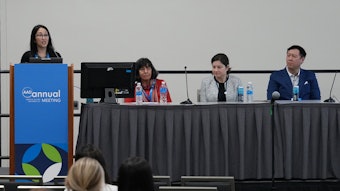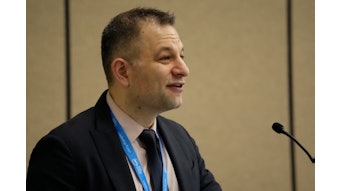A one-two punch for generalized pustular psoriasis (GPP)
Combining data analytics and AI for rare skin disease.

DataDerm™, dermatology’s largest clinical data registry, is using its muscle to diagnose and manage rare skin disease. The registry, which is used to see how patients are treated, identify treatment gaps, and look for opportunities to improve care, has been collecting longitudinal real-world data extrapolated from electronic medical records on over 54 million patient visits since 2016.
During the March 9 session, U051 – Using Artificial Intelligence to Phenotype Generalized Pustular Psoriasis (GPP): Getting the Right Patients the Right Treatment at the Right Time, panelists detailed just how effective the registry has become.
“We’re in a place now where the data in the DataDerm registry has matured, allowing us to mine it for clinical discovery and research,” said Marta J. Van Beek, MD, MPH, FAAD, the C. William Hanke professor of dermatologic surgery at the University of Iowa Carver College of Medicine and session director. “It allows us to see treatment patterns and identify patient populations that could benefit from new treatment options. It’s a powerful tool to move the specialty forward.”
Using AI to zero in on the GPP target
The session focused on how the DataDerm registry, powered with the AAD’s analytics partner, OM1 (and OM1’s trained artificial intelligence technology), can benefit specific patient populations suffering from severe disease. GPP, a rare, chronic, and severe inflammatory skin disorder characterized by a sudden eruption of sterile pustules with significant systemic inflammation, is the first disease analyzed using DataDerm data with OM1’s trained artificial intelligence tool.
“Patients with GPP often have a pustular rash that is extremely painful. These patients are frequently misdiagnosed by non-dermatologists as a systemic infection,” Dr. Van Beek said. “Unfortunately, it can take a long time for patients to finally get connected to the right care.”
The power of many
Although GPP is a rare disease, there are thousands of patients with GPP in the DataDerm registry. When analyzed as a whole, patient patterns can be identified.
“The registry allows us to see commonalities, such as the other diseases these patients have, the medications they use that may contribute to GPP or may be a consequence of the disease, or may be unrelated to it,” Dr. Van Beek said.
This OM1 collaboration also allows dermatologists to recognize other patterns of patients with GPP, such as where they have utilized health care services outside of a dermatologist’s office, inpatient hospitalizations, and other demographic characteristics.
The earlier the better
Panelists also discussed various treatments for GPP, including a biologic agent that inhibits signaling in the IL-36 pathway. Overall, DataDerm with OM1’s trained artificial intelligence technology can help dermatologists more readily recognize patients with GPP and eventually other patient populations with skin diseases to deliver more precise and timely care.
“Participation in DataDerm will only improve the care of our patients over time,” Dr. Van Beek said. “If we can identify and diagnose patients with GPP earlier, we can prevent significant suffering.”











